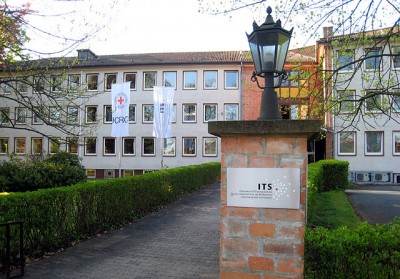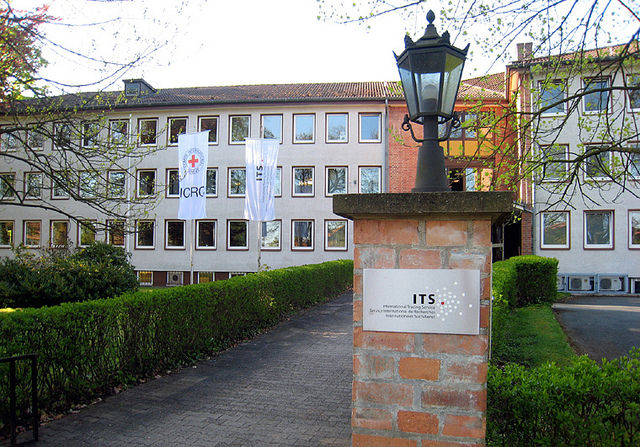
When I was in my Holocaust phase—and by that I mean the years I spent consuming every book about the Holocaust I could find, wildly curious about my own family’s personal Holocaust stories—I was transfixed by one person in particular: my grandfather’s brother, Todris. Both of my mother’s parents are survivors, and both had many family members killed during the war. But of all of them, only his story remains largely unknown.
What is known, as much as any story told third-hand and through messy war documents can be known, is that he ended up in the Warsaw Ghetto. Presumably, he was involved in the famous uprising, and after that nothing else is known about him. He might easily have died in the catastrophic ending of that episode. But as a teen, I preferred a version where he was still out there, living somewhere with children and grandchildren, unaware of his brother’s survival as we were of his. As a teen, I thought of him as an unwritten mystery book, only more exciting because the ending would be personal.
But we did our due diligence and put his names in all the usual searches. Nothing turned up. His fate was still unclear, but it didn’t seem like the answer was out there. Which is what made the Reuter’s story on Bad Arolsen, featured on the Huffington Post, intriguing for me personally on top of being interesting generally.
Yad Vashem, Israel’s Holocaust museum and research center, is likely the most famous Holocaust-related site in the world, and one which my family and I have visited more than once. Yet, according to Reuters, its historic value is rivaled by an ugly building in a German town most people have never heard of.
The International Tracing Service (ITS) has been around since 1946, almost a decade before Yad Vashem was established, and five decades before the United States opened its own Holocaust museum in Washington, D.C. Yet until 2007, the archives contained within were closed to the public. These archives, almost 30 million documents, contain records of various concentration camps, forced labor and, most valuable to survivors and their families, reference cards for millions of victims and survivors.
The fact of its privacy, plus its nowhere location in Bad Arolsen, Germany are the reasons ITS is so largely unknown. Yet it was originally started by the British Red Cross to help find missing persons immediately following the end of the war, and having been focused largely on that for the past 70 years, the archives are stocked with documents pertaining to over 17.5 million people. Of course, the majority of these people are not Jewish victims, but both my mother and I saw the Reuter’s article and immediately had the same thought: Todris.
Recently, the ITS started a massive venture to digitize all its documents in order to make them more accessible, and to ensure their preservation. Inquiries for missing persons continue to pour in at about 12,000 a month, and will likely rise after the Reuters feature on ITS. Yesterday, my mother added our own inquiry to the queue, in the hope of becoming one of the 50 families reunited through ITS every year.
My grandfather passed away last year, so even if his brother is found and still living—he would be over 90—the brothers would sadly not be reunited. The chances of finding him seem slim—with 12,000 requests a month and 50 reunions a year, the math is disheartening, even to an English major like me. But to someone like me, whose family was made up of as many relatives killed by Nazis as relatives who survived, any information about our family is valuable.

